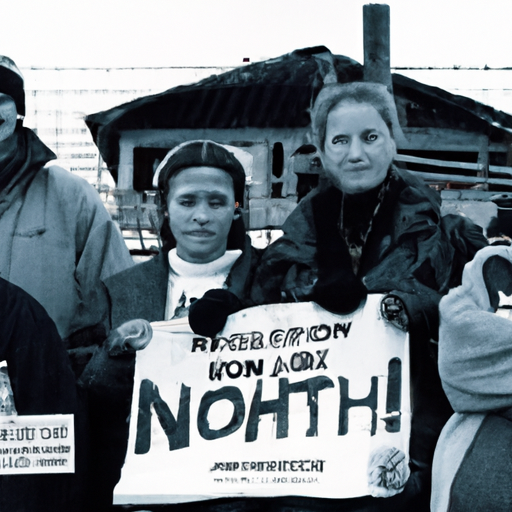The Ongoing Opioid Crisis: A closer look at Indigenous Communities
In recent years, a prevalent issue that has deeply affected Canadians is the escalating opioid crisis. With the surge in opioid-related deaths and increased vulnerability amongst marginalized communities, it is crucial to ensure that our awareness and understanding align with the gravity of the situation.
A case study, which I would like to shed light on can be found in a recent APTN news article, reports on the plight of the Indigenous communities who are especially hit hard by this crisis.
The Disproportionate Impact on Indigenous Communities
Statistics show that Indigenous communities are disproportionately affected by the opioid crisis. This marginalized population tends to disproportionately suffer from homelessness and financial instability, two correlating factors that increase vulnerability to addiction and associated criminal actions.
A Protest Reflecting a Fundamental Issue
The article reports a protest by Indigenous communities in South Winnipeg as they continue to defy a court injunction to stop blocking a residential development. While the protest is about land, at its core, it reflects the broader struggle and the widespread socio-economic challenges faced by Indigenous communities. The existence of the opioid crisis in these communities is a heartbreaking manifestation of these issues.
Efforts to Combat the Crisis
Following the escalation of the opioid crisis, there have been nationwide efforts to manage and mitigate its impact, with varying degrees of success.
Increased Use of Naloxone
A significant measure taken has been the widespread introduction of naloxone, a medication used to counteract the effects of opioid overdose. This helps provide a critical lifeline for those struggling with opioid addiction, but is ultimately a reactive solution and can’t completely resolve the crisis.
The Opioid Class Action: A Step Towards Reparation?
Another noteworthy response to the opioid crisis is Canada’s proposed opioid class action suit, endeavoring to hold pharmaceutical companies accountable for their role in the emergence and escalation of the opioid epidemic.
Key Points
- The opioid crisis is a significant issue currently faced by Canadians, particularly impacting Indigenous communities due to a confluence of socio-economic factors.
- Indigenous communities, suffering from homelessness and financial instability, are at an increased risk of addiction and associated criminal actions.
- The nationwide opioid class action against pharmaceutical companies and widespread use of Naloxone are steps being taken to combat the crisis.
Conclusion
In closing, the opioid crisis in Canada is a widespread and multi-faceted issue, disproportionately affecting vulnerable communities such as Indigenous Peoples. While efforts such as the opioid class action and introduction of naloxone prove promising, it’s a testament to the importance of continuing to address the roots of social inequality if we hope to make a lasting change. In awareness lies the power for change, and it’s our responsibility to stay informed, spread the word, and advocate for policies and initiatives that support those most impacted by the opioid crisis.


